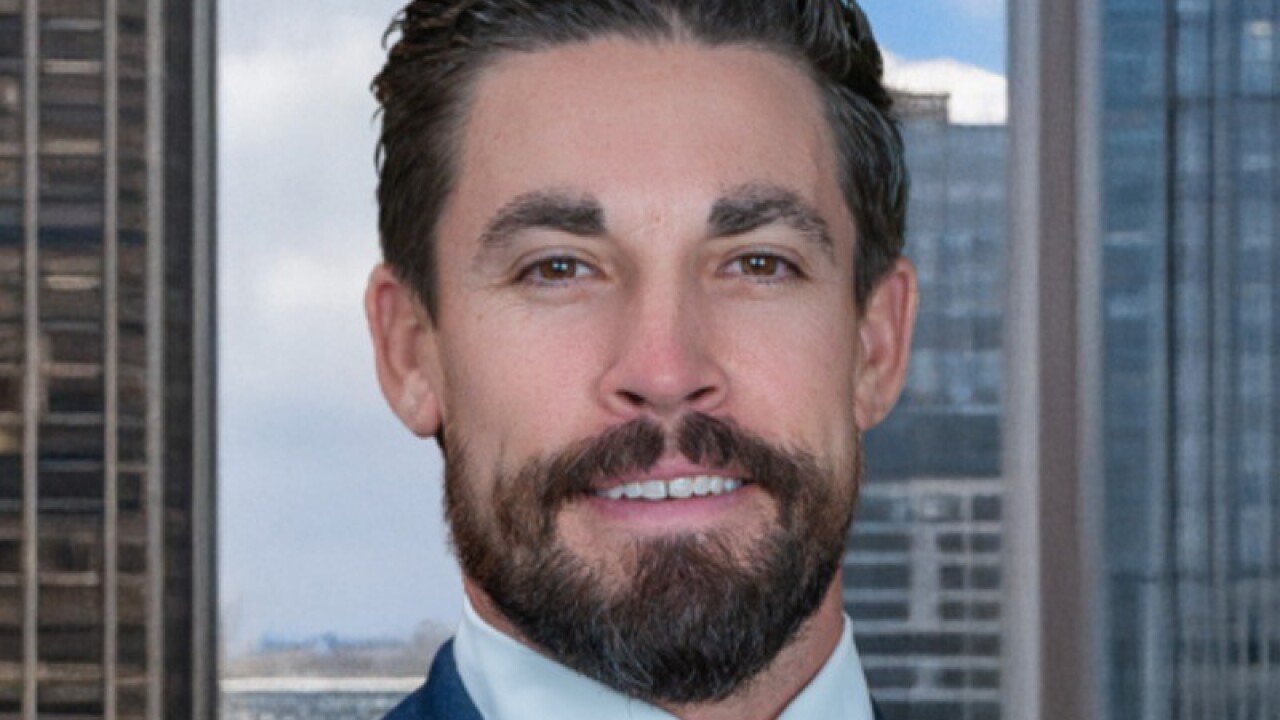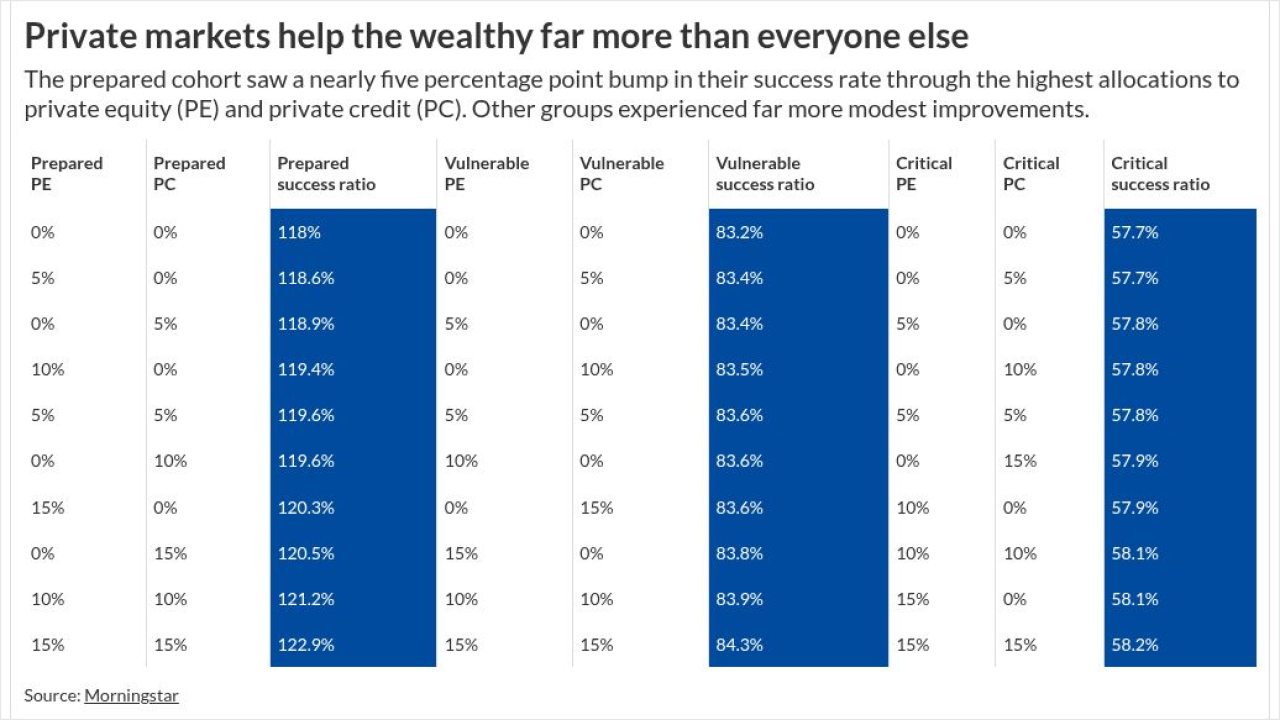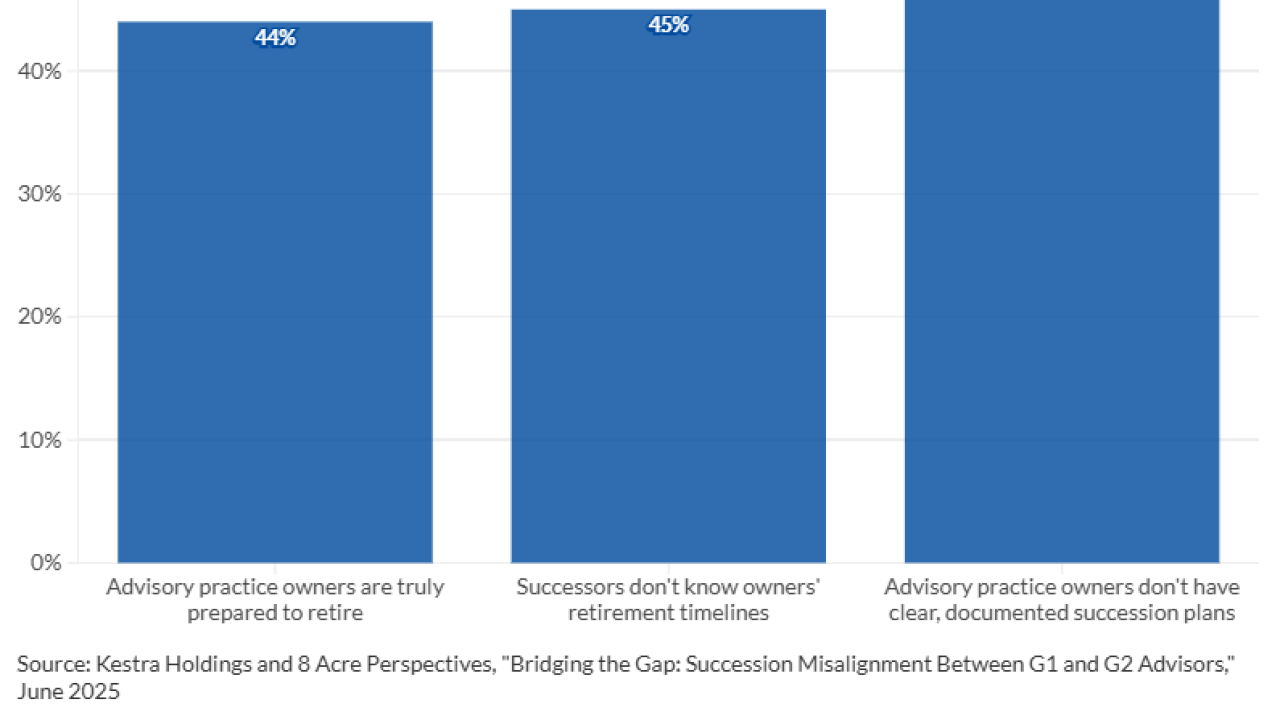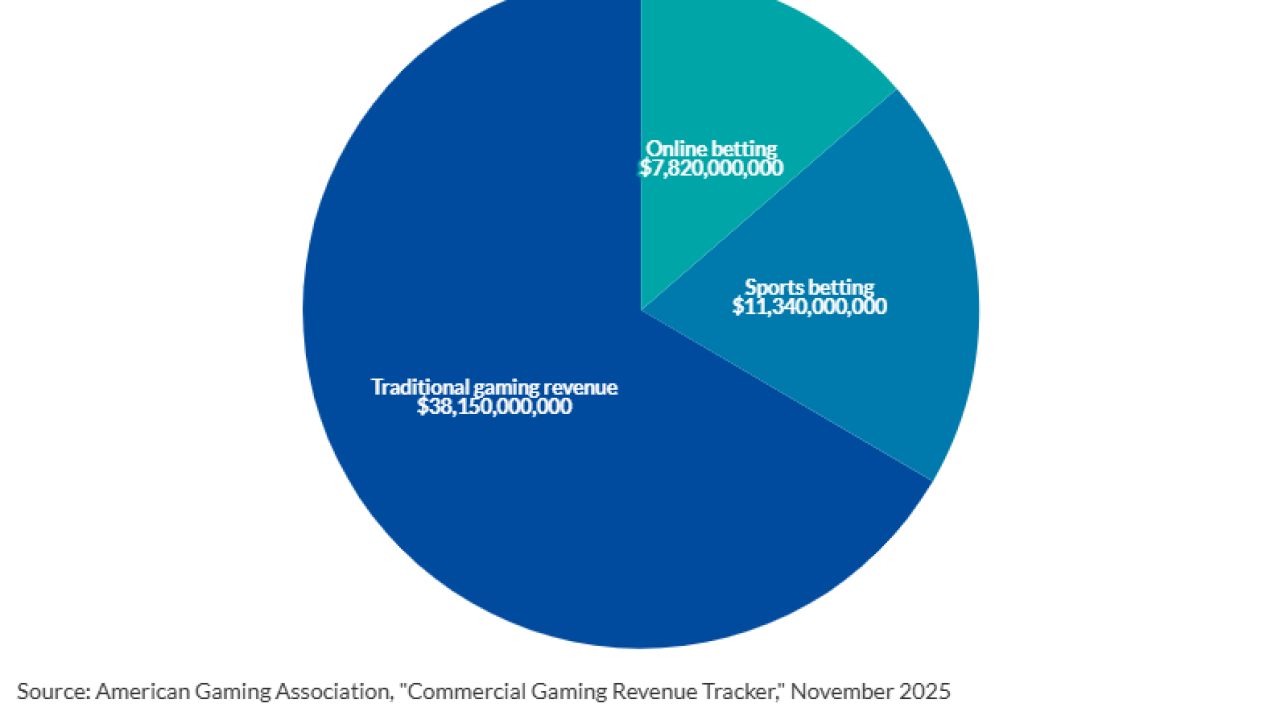A Supreme Court case originating from a lawsuit filed eight years ago by two participants in a university's retirement plan could carry major ramifications to the future of 401(k) litigation.
Plaintiffs in
After two lower courts sided with the respondents, the Supreme Court
"If a participant is not allowed to know what the secret keys are, how can they ask what they are?" Tobe said in an interview. He's "hopeful" that the Supreme Court "will overrule this and allow for transparency and limited discovery," he said. "You don't want to have unlimited discovery, you don't want to make it burdensome. … The question is, can you dismiss a case on lack of grounds when the defendants are blocking the transparency that you would need to have grounds?"
READ MORE:
In the hearing, the justices quizzed U.S. Assistant to the Solicitor General Yaira Dubin as well as the attorney for the petitioners, Xiao Wang, and that of the respondents, Nicole Saharsky, about the reasonable grounds for dismissing ERISA claims or allowing them to go forward.
In some two dozen lawsuits filed against university retirement plans, the institutions have spent millions of dollars in the discovery phase, and individuals named as defendants have "had to live under a cloud for years and years" even though none of the claims have succeeded on their merits, Saharsky said. She asked the justices to affirm the prior decisions dismissing the case.
"If you look at all of this together, it shows that Congress's intent was to define the cause of action as not just a service provider transaction but one where there's some wrongful conduct, where the services are unnecessary or the fees are unreasonable," Saharsky said. "And under petitioners' view, all a plaintiff has to do is plead the mere fact of a transaction, no allegation of wrongful conduct. It automatically opens the door to expansive discovery. The cost is disproportionately borne by defendants. It would force settlements of meritless litigation. It has in some of these university cases. The ultimate result would be to hurt plan participants and beneficiaries."
But Wang argued that the petitioners had alleged that the plan engaged in a prohibited transaction by breaching its fiduciary duty to get a reasonable recordkeeping fee. A decent rate would have been about $35 per participant a year, but the plan paid between $115 and $200 among the two service providers, according to the plaintiffs.
"It harmed the plan because Fidelity and TIAA didn't simply just provide recordkeeping services to the plan," Wang said. "They bundled them with investment products, and those investment products, in turn, had operating expenses, and those operating expenses were then shared via revenue sharing to the plan to pay for recordkeeping."
Conservative justices Clarence Thomas, Samuel Alito and Brett Kavanaugh expressed some skepticism about the plaintiffs' argument that the case had the legal standing to go into discovery.
"They're painting a pretty bleak picture, the American Benefits Council, the universities, who are saying this is a huge problem for the universities," Kavanaugh said. "This expanded litigation threat would be near-limitless, because every college and university relies on third-party service providers."
READ MORE:
In representing the government, though, Dubin argued "that theoretical concern has not materialized in the real world" since courts already "have the necessary tools to weed out and deter bare-bones complaints." The respondents' claims could "undermine the prohibited transaction provisions as a whole, based on pragmatic concerns about one sliver of
party-in-interest transactions," she told the justices. Upholding the lower-court decisions could mark "a sea change" in ERISA lawsuits because the plaintiffs would subsequently need to prove why the higher fees "weren't justified by the quality of the services provided" simply to proceed to discovery, Dubin said.
"The scheme Congress set up set out specific transactions that are prohibited and then exemptions from those transactions that you can show that a particular transaction was reasonable and necessary," she said. "And, in that context, it makes perfect sense to put the burden on the fiduciary to show that the transaction was justified and reasonable. The fiduciary is the one who enters into the transaction. The fiduciary is the one who has the information about the transaction. And the fiduciary is the one who's charged under trust law with ensuring that these transactions are an appropriate use of people's retirement money."
Later, liberal Justice Ketanji Brown Jackson asked Saharsky how she would respond to the principle espoused by Dubin.
"I don't think that that's true," she said. "I don't think that the law of trusts said that. And I don't think that that's something that ERISA says, particularly in the context of service-provider transactions."
The court's decision, expected by late June or early July, could loom large in deciding how ERISA lawsuits proceed and in the extent of retirement-plan disclosures by retirement plans, according to Tobe. Current disclosure documents often bury or leave out important fee information for participants, and, without some "reasonable, limited discovery so that people can find out what the fees are," the plans could move more quickly than they already are away from mutual funds and into insurance products and collective investment trusts enabling holdings like private equity funds and cryptocurrency, he said.
"They don't like discovery because they don't want to give up their numbers," Tobe said. "They're getting away from mutual funds. That's one of the big themes, because mutual funds have too much disclosure."





